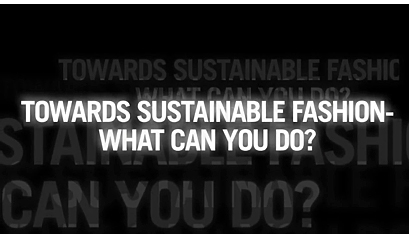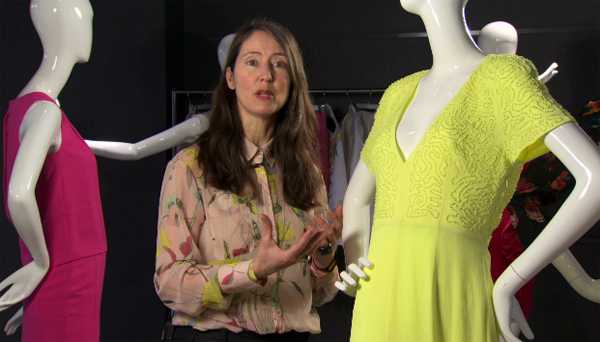
One of the best trends coming out in the past 3 years among major brands in youth culture fashion markets are the introduction of transparent sustainability plans. One of the leaders in this arena is the fast-fashion giant from Sweden, H&M.
Last week, they announced yet another plan of action which hopefully many brands in the outerwear industry will follow, which is to ban making things with harmful PFC’s (Perflourinated Compounds) as of January 2013.
PFC’s are used to achieve water repellent function mainly on outerwear garments, and are often found, ironically, in waterproof outdoor gear. So while many brands tout nature and the importance of an outdoor healthy lifestyle, the garments most people wear for protection from the elements actually contain PFC’s. PFC’s have been proven to be harmful for the environment, for reproduction, and for aquatic organisms.

H&M, with the help of Chemical Restrictions has created an alternative that is water repellent yet without PFC’s and will be included in garments moving forward into the new year.
According to H&M, as a leading actor with a well reputed chemicals management approach, they have teamed up with other fashion and sport brands during 2011 to help lead the industry to zero discharge of hazardous chemicals. “As a brand, we have since some time already worked on restricting and phasing out perfluorinated substances, and a full ban on this has been an important part of our individual action plan. H&M is also a part of AFIRM, an international working team of leading companies within the textile and footwear industries, educating the suppliers to achieve good chemical management. The group’s common aim is to reduce the use and impact of harmful substances in the apparel and footwear supply chain.”
Interestingly, many sneaker brands in youth culture industries rarely talk about their sustainability plan if they even have one. As we’ve proven in our upcoming “Sustainability and The Future Youth Culture Study 2012,” such initiatives are important for attracting a savvy new generation of young people who grew up with recycling and are beginning to ask even more about a brand’s green history.
Watching H&M, one of the kingpins of fashion and what they attempt to achieve, should provide inspiration for others towards creating their own plans moving forward.
For example, H&M releases a sustainability report yearly, outlining their goals to remain as transparent as possible about the steps they are achieving. Here are some of the highlights from 2011-12:
- 29% increase in sales of EU Flower Eco-Labeled Garments
- 3,600 hours of sustainability training delivered to H&M buyers and designers
- 9,000 days invested in sustainabile activities targeting supplier factories
- 100% of plastic bags made from recycled material
- 90% of paper used for making mail order packages is recycled
- Recycled polyester = 9.2 million plastic bottles
- 38,347 people at their factories and families provided with access to clean drinking water
- 2.3 million garments donated to charitable causes
For more information about Label Networks’ “Sustainability and the Future Youth Culture Study 2012,” or to enquire about Label Networks’ consulting in creating sustainable strategies and business solutions, email info@labelnetworks.com


